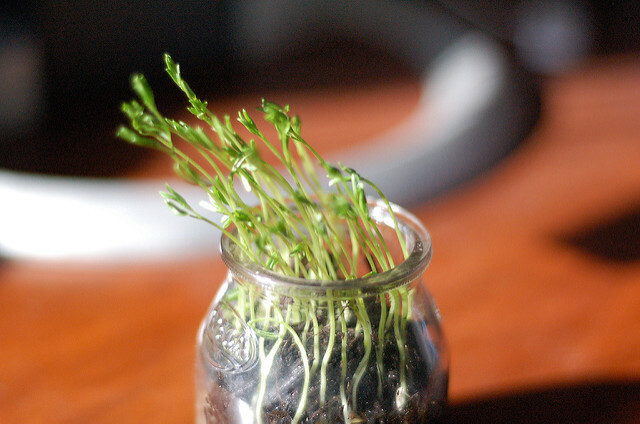the otter is a South American endemic mammal animal. Its scientific name is Pteronura brasiliensis.
It is considered one of the largest carnivores in the South American subcontinent. The life expectancy of these animals is approximately 20 years.
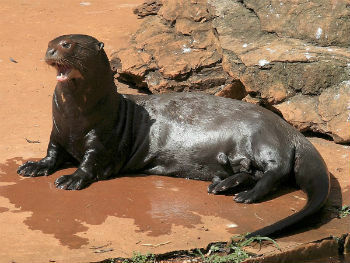 otter photo
otter photo
Otter Characteristics
Habitat: Where do you live?
The giant otters are semi-aquatic animals that inhabit humid regions such as the banks of rivers, lakes and swamps.
 Map of the geographic distribution of the otter in South America
Map of the geographic distribution of the otter in South America
They are found in different parts of Brazil, being common in the Amazon and Pantanal rivers.
They also inhabit several neighboring countries: Peru, Ecuador, Colombia, Bolivia, Venezuela, Guyana, Suriname and French Guiana.
habits
The giant otters are predatory, diurnal, curious, noisy and playful animals.
They live in groups (up to ten) and spend the day socializing on the riverbanks, resting and hunting. They are great swimmers and divers.
 Photo of otters on the riverbank
Photo of otters on the riverbank
They usually make burrows under the roots of trees that are close to the riverbanks, in order to shelter during the night. There, they mark their territories with urine and feces.
body structure
Otters have an elongated body. Its head is oval, eyes large and ears small.
Regarding the size of the otters, it is worth remembering that they can measure up to 1.80 meters in length, with 65 cm from the tail.
They weigh about 35 kg and males are usually larger and heavier than females.
While a male can weigh up to 45 kg and measure 1.80 meters in length, the female does not exceed 30 kg and 1.70 meters.
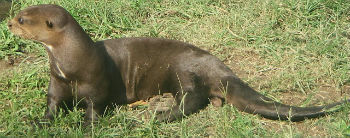 otter photo
otter photo
The giant otters have thick, short, brown colored fur and some whitish spots in the neck region. However, when they are wet they appear darker.
The tail is long, muscular and flat, which facilitates movement in rivers. In addition, the legs are short with splayed toes joined by membranes.
food
The giant otters are carnivorous and predatory animals that are situated at the top of the food chain.
They feed mainly on fish, crustaceans and molluscs found in rivers. And also small mammals, eggs and water birds.
It is worth noting that its bite is very strong, which makes it easier to kill and digest its prey.
In rivers, the otters dive to find food and when they have the prey in their mouths, they come out of the water to eat them.
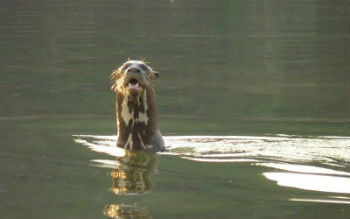 Otter photo in the river
Otter photo in the river
It is interesting to note that an adult giant otter can eat up to 2 kg of fish per day. Therefore, they live in more preserved places and where there is a large amount of food.
Learn more about Carnivorous Animals.
reproduction
The otters reach sexual maturity between two and three years. The otters' gestation lasts about seventy days. The heat can last from seven to ten days.
When pregnant, the mothers make burrows on the banks of the rivers and there they give birth to one to five puppies. In the burrows, the chicks remain for about a month and a half.
 Otter photo in burrow
Otter photo in burrow
They take care of the chicks and teach them to hunt for a year. While they are not fit, she takes the fangs for them.
Learn more about Mammals.
Extinct Otter
The giant otter is one of the animals that suffers from the risk of extinction. The main cause is the loss of their habitat.
According to the International Union for the Conservation of Nature and Natural Resources (IUCN), the otter's conservation status is in the “endangered” category.
Problems such as deforestation, the expansion of urbanization and other economic activities have contributed to the decline of the species.
Mining is one of the most relevant, given the contamination of mercury used to extract ores from rivers.
Thus, the pollution of rivers and the destruction of vegetation on the banks (riparian forests) affect their natural habitat.
In addition, fishermen have slaughtered the otters because of the competition they generate in fishing, since they are excellent hunters.
In recent decades, some preservation projects are fighting for the permanence of the species.
Continue your research by reading the articles:
- Endangered species
- Endangered Animals in Brazil
- Endangered Animals in the Amazon Forest
- Endangered Animals in the World
- Extinct animals
Difference between Otter and Otter
There is a lot of confusion between the otter and the otter. Although some believe they are the same animal, they differ.
First, we must emphasize the size, that is, the giant otters are bigger than the otters that reach 1.20 meters in length.
Their weight also varies, that is, otters can reach up to 25 kg, while otters, 35 kg.
In addition, the otter's coat is longer and slightly lighter than that of the otters.
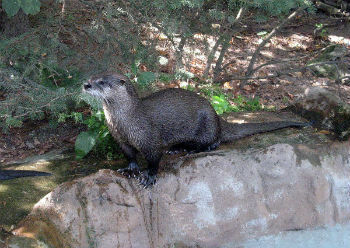 otter photo
otter photo
Habits are also different, that is, while the otter is diurnal, the otter is more nocturnal.
Another important feature is related to the habitat. Otters are native to South America, while otters are found in America (South and North), Europe, Africa and Asia.
Both are carnivorous mammals of the subfamily Lutrinae. They are excellent swimmers and both species are at risk of extinction.
Did you know?
In the Tupi language, the term “ariranha” means “ounce of water”. In some regions of Brazil it is also called giant otter or river wolf.
Learn about other animals in our country. Read the article: Brazilian fauna.



